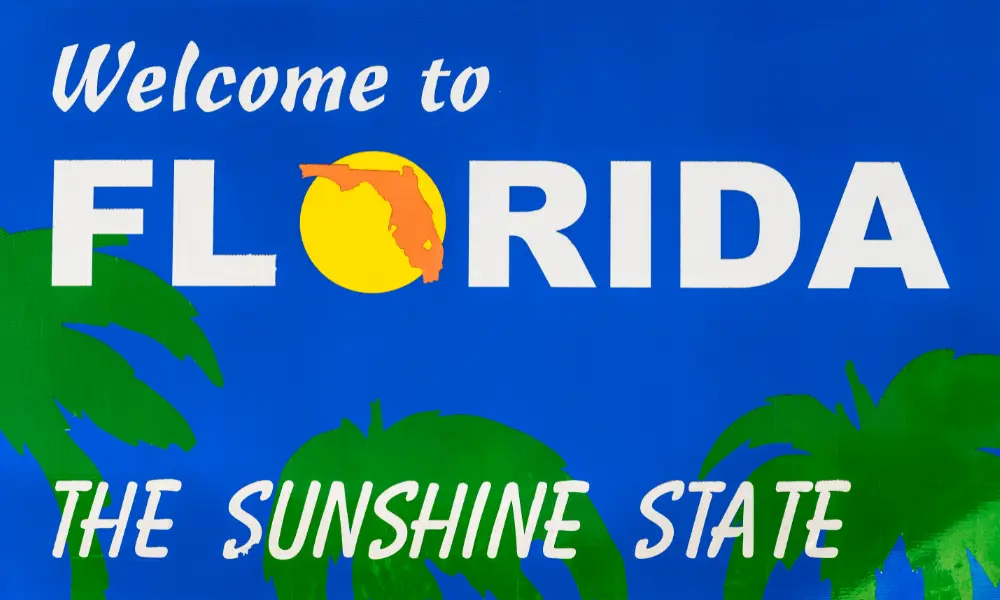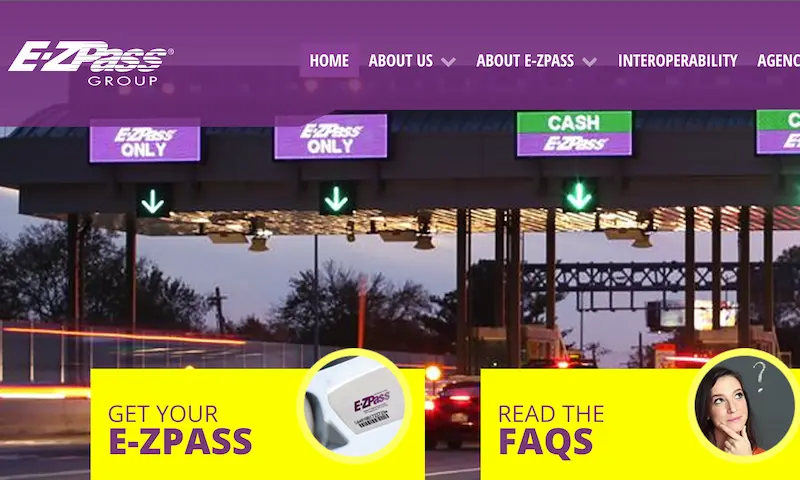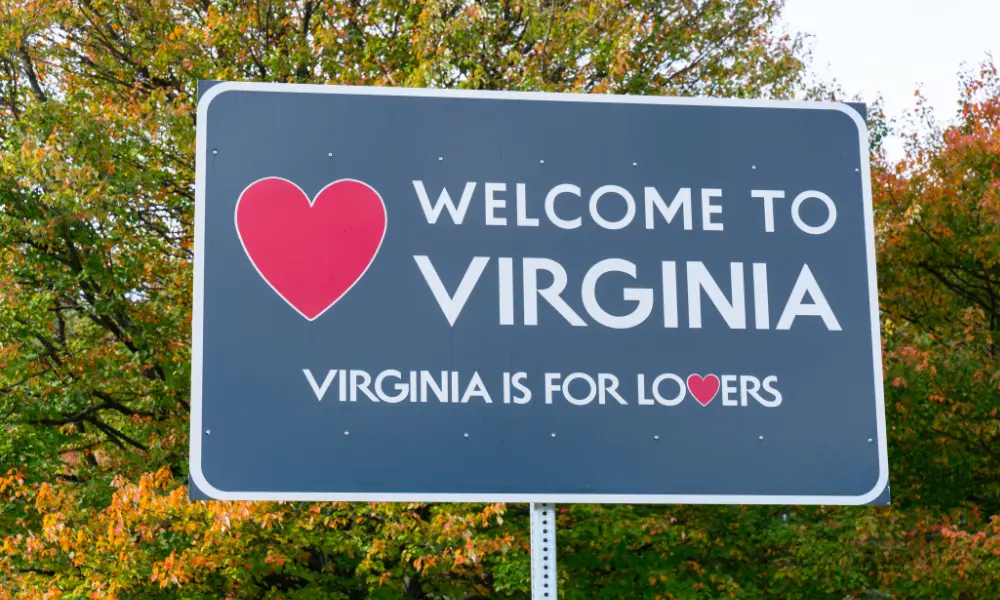When navigating California’s toll roads, you have the choice between using a FasTrak sticker transponder or a hardcase transponder.
The former is a small, battery-powered device placed on your windshield that communicates with toll readers, while the sticker transponder, a newer option, affixes directly onto your headlamp or windshield.
Both serve to automatically deduct toll charges from your prepaid account as you pass through toll points.
Understanding Fastrak: Basics and Benefits
If you frequently drive on toll roads, understanding the ins and outs of Fastrak can save you time and money. Here, we’ll break down what Fastrak is and the various benefits it offers to enhance your driving experience.
What Is Fastrak?
Fastrak is an electronic toll collection system used predominantly on California’s toll roads, express lanes, and bridges. By using a Fastrak toll tag, also known as a transponder, you automate toll payments by linking directly to a prepaid account, omitting the need to stop or slow down at toll booths.
The Benefits of Using Fastrak
- Time Savings: Fastrak allows for seamless passage through toll points, reducing your travel time.
- Discounts and Savings: You may be eligible for discounted toll rates, including carpool discounts on certain roads, making it cost-effective.
- Convenience: With an online account management system, you can easily track toll expenses, add funds, and resolve any issues virtually hassle-free.
- Flexibility: Whether you use a sticker transponder or a switchable transponder, your Fastrak tag works on all California toll facilities, simplifying your travels across various regions.
Types of Fastrak Transponders
When considering paying for tolls on California’s roads, you’ll come across different types of FasTrak transponders designed to cater to various needs. Whether you drive solo or carpool, there’s an option for you.
Standard Transponder
The Standard Transponder is a hardcase unit that you attach to your vehicle’s windshield. It’s the most common type of transponder and works on every tolled bridge, lane, and road in California. When you pass through a toll, the transponder communicates with the toll system to charge the toll to your account automatically.
Sticker Transponder
The Sticker Transponder is a newer and smaller version that adheres to your windshield. It’s equipped with an internal antenna and offers the same functionality as the standard ones. This discreet option ensures that you can enjoy seamless travel across tolled routes throughout California. For motorcycles, there are also specially designed motorcycle sticker transponders.
Switchable Fastrak Transponder
If you carpool, the Switchable FasTrak Transponder, sometimes termed as FasTrak Flex®, could be your best choice. With a small switch on the device, you can indicate the number of occupants in your vehicle.
This feature is essential for getting carpool discounts on tolls where applicable. It’s vital that you adjust the switch to the correct setting to ensure you’re charged correctly for your trip.
Comparing Sticker vs Hard-Case Transponders
FasTrak sticker and hard-case transponders are both designed to streamline your toll-paying process, with each having its unique features to consider. Let’s take a closer look at their design, functionality, and what you should know about their installation and maintenance.
Design and Functionality
Sticker Transponder:
- Design: Sleek and flat, made to blend with your vehicle’s windshield.
- Functionality: Uses the same radio-frequency identification (RFID) as the hard-case to automatically deduct tolls.
Hard-Case Transponder:
- Design: Bulkier, portable box that can be moved between vehicles.
- Functionality: Besides toll deduction, it offers additional functionalities like switchable settings for carpooling discounts where applicable.
The sticker transponder’s minimalist design means it’s less obtrusive, while the hard-case transponder’s versatility is beneficial if you need to use it across multiple vehicles.
Installation and Maintenance
Sticker Transponder: Installation is straightforward. You peel off the backing and adhere the sticker directly to the inside of your windshield. There’s virtually no maintenance required, and no maintenance fee.
Hard-Case Transponder: Installation involves mounting it on the windshield using velcro strips or brackets. It requires a bit of maintenance, such as battery changes for some models. A potential maintenance fee could be associated with these units.
For motorcycles, you can obtain a headlamp sticker for ease of use. The difference in installation and maintenance between the two types of transponders is primarily in convenience and the need for occasional upkeep with the hard-case version.
How Fastrak Transponders Work
Understanding how your FasTrak transponder functions is key to smoothly driving on California’s toll roads. Your device communicates with toll lane sensors to automatically pay your tolls.
Tolling Technology Explained
Tolling technology has evolved to make road payments more convenient for you. Your FasTrak transponder contains a radio-frequency identification (RFID) chip.
This technology is synchronised with toll collection systems set up on roads, bridges, and tunnels. When you drive through a toll lane, these systems communicate with your transponder to identify your vehicle and deduct the correct toll amount from your FasTrak account.
Reading the Signals: Transponder and Toll Lanes
Transponders work with two main systems: RFID technology and license plate recognition. Upon passing through a toll lane, your transponder emits a signal received by the toll booth’s sensors.
If you have a metal oxide windshield, make sure the transponder is placed properly to ensure the signal can be read, as these types of windshields can interfere with the transmission.
For vehicles that may not have a transponder or in the event the transponder does not work (like not beeping as it usually does), the toll system resorts to capturing an image of your license plate.
With either method, your toll is automatically calculated and charged to your account, allowing for a seamless travel experience without stopping at toll booths.
Carpooling and HOV Lane Usage with Fastrak
When you’re carpooling or driving a high occupancy vehicle (HOV), using FasTrak can save you time and money. FasTrak provides distinct advantages, such as discounts and access to express lanes, which can make your commute easier and more cost-effective.
Carpool Discounts and How to Qualify
To qualify for carpool discounts, you need a FasTrak account. Vehicles with two or more occupants, including carpools and vanpools, qualify for reduced tolls or free travel in express lanes, depending on the area.
For some locations in California, a switchable FasTrak transponder is necessary to receive these benefits. Unlike the sticker transponder, which is always read as a single-occupancy vehicle, a switchable transponder allows you to indicate when you have multiple occupants and are eligible for discounted or free travel.
If your vehicle is a Clean Air Vehicle (CAV) and has the required DMV-issued decal, additional discounts or exemptions may apply under state law.
To start receiving carpool discounts:
- Register for a FasTrak account.
- Acquire a switchable FasTrak transponder.
- Set your switchable transponder to the correct setting to signal carpool status.
Navigating Carpool and Express Lanes
You can use the FasTrak sticker transponder or the switchable version to pay tolls on every tolled bridge, lane, and road in California. In express lanes, the type of transponder you have determines how you are charged:
- Sticker transponder: Pays full toll regardless of the number of passengers.
- Switchable transponder: Can be set to signal carpool status and receive discounts or free travel.
For a smooth journey within express lanes:
- Mount your transponder on the windshield as per the instructions.
- If using a switchable transponder, set it to the correct position to match your vehicle’s occupancy.
Remember, not having your transponder set correctly in carpool or express lanes could result in being charged the full toll fee. Always check local guidelines as they can vary across different toll facilities in California.
Conclusion
When deciding between a FasTrak sticker transponder and a traditional hardcase transponder, consider your specific needs. If you desire something that’s discreet and directly adheres to your vehicle, the sticker transponder may be the right choice. They are typically offered for free through the Toll Roads agency and can be requested from your online account or by contacting their Customer Service Call Center.
However, if flexibility is important, for instance, you switch vehicles often or have a motorcycle, a hardcase transponder is advantageous. These can be mounted on different vehicles’ windshields or carried in a secure location on a motorcycle. Remember, your account balance is conveniently deducted automatically with either option when you pass through tolls equipped with FasTrak systems.
Bear in mind that while both types of transponders work throughout California, the usage might vary depending on where you drive and the specific needs of your vehicle, like having a metalized windshield. You can learn more about how toll tags work from FasTrak’s FAQ pages to understand the radio signal transmission and toll deduction process.
Ultimately, your choice should align with your ease of use, type of vehicle, and travel habits. Both sticker and hardcase transponders serve the same primary function—ensuring your tolls are paid without stopping—while offering different conveniences based on your lifestyle.
















